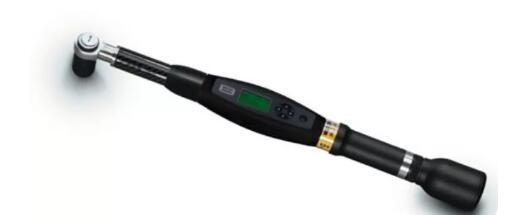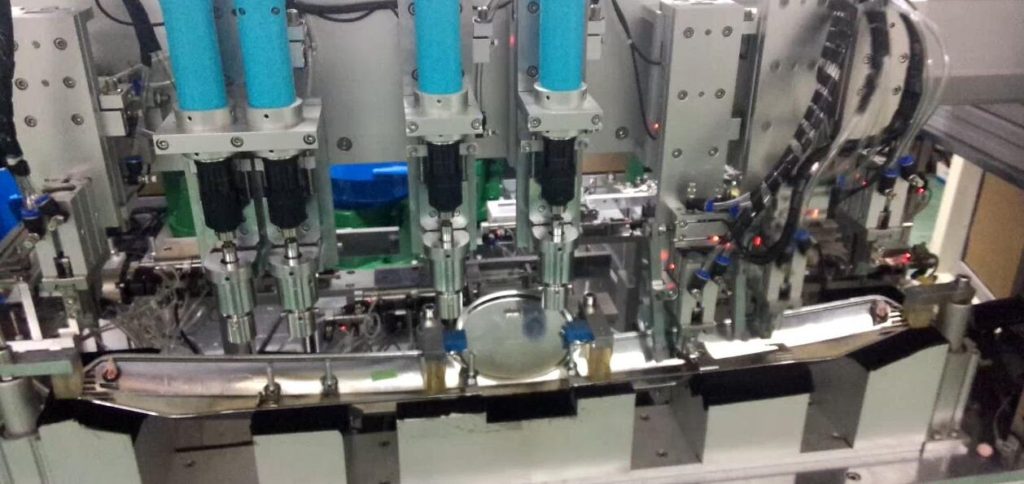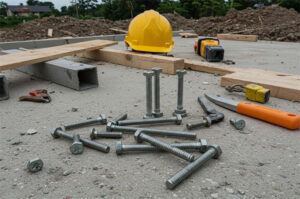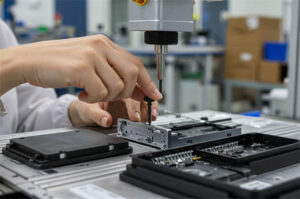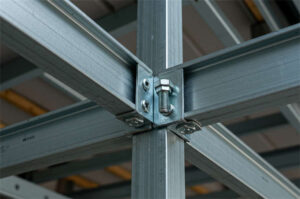Prince Fastener:Screw assembly, how to rework?
Screw assembly, how to rework?
During the assembly process of the screw, the torque and angle exceeding the monitoring window alarm will often appear.
Screws generally need to be reworked before the product can flow to the following process. So, how to manage screw rework? And what are the precautions?
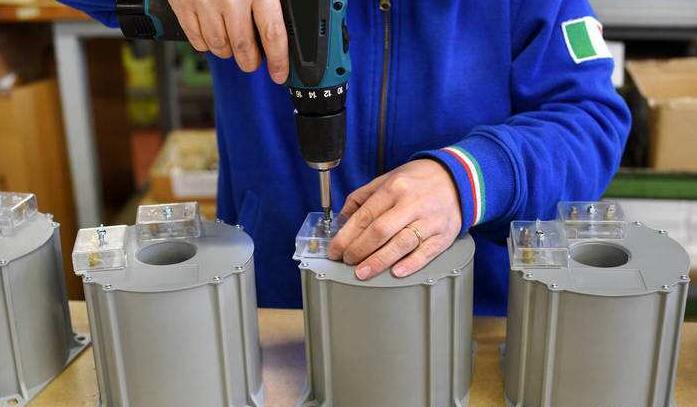
01
Screw assembly Rework rate
Screw assembly, not only to ensure the effective tightening of the assembly point but also to ensure the rhythm of the assembly line.
This means that the proportion and frequency of rework should not be too much.
So, what level of rework is acceptable?
Prince Fastener believes that specific problems need to be analyzed in detail. If it is an appropriate amount of over-torque or the angle monitoring window alarms, the fasteners and the connected parts themselves have not been irreversibly damaged. Rework only needs to withdraw the screw and re-tighten it, then a rework ratio of 3%-5% is acceptable. This percentage of rework has little impact on beats.
It won’t be easy to keep up with the production rhythm when the rework ratio is more than 5% or even more than 10%. The torque technician should intervene in the analysis and find out the cause of the alarm through the study of man, machine, material, method, environment, etc., reason until the alarming ratio is eliminated or reduced to an acceptable range.
Other kinds of failure such as the internal thread slippage during the tightening process, the screw being broken, the welding nut falling off, and so on. Because rework takes a lot of time, for example, the internal thread slippage requires professional engineers to re-tap the thread. The broken screw needs to be taken out from the interior line, and the welding nut needs to be offline to the designated area for re-welding.
Prince Fastener believes that the rework rate of such problems should be reduced to zero as much as possible to achieve zero defects.
In addition, such as fasteners coated with microcapsule chemical glue, the rework of such parts requires the replacement of new pins. In addition, there will be residual glue on the threads of the workpiece that needs to be cleaned. Therefore, Prince Fastener recommends a ratio of no more than 2%.
02
How to rework?
Rework is generally divided into two types, one is online rework, and the other is offline rework.
Online rework refers to rework at the original tightening station after a torque or angle alarm occurs at the tightening point.
Offline rework refers to sending the assembled parts to a designated area offline for rework after a torque or angle alarm occurs at the tightening point.
Prince Fastener suggested that in-line rework be preferred, which aligns with lean manufacturing requirements.
For online rework, first, withdraw the tightened fasteners and observe the surface damage of the fasteners and the condition of the opponent’s parts. If there is no abnormality, tighten them directly at the original station.
For whether replacement fasteners are required, tightening characteristics and fastener characteristics are needed to confirm if the bolts at the tightening point can be reused? If the internal thread is damaged or the welding nut falls off, it should be reworked offline as soon as possible.
If the monitoring window alarm appears again during online tightening, it is recommended to use a torque wrench for rework.
If it is not convenient to use a wrench to rework, it is recommended to send the parts to the designated rework area for offline tightening.
When offline tightening, it is also necessary to observe the thread at the tightening point and the damage to the handpiece, and then use a torque wrench for rework.
The position where the torque method is tightened can be drawn to the specified torque according to the defined torque.
The original and tightened positions need to be marked with a color code to ensure that the tightening angle is accurate for angle tightening.
Due to the significant error of the torque wrench itself, it is recommended to adopt the principle of double eyes to ensure that the tightening is as accurate and reliable as possible.
After tightening the screws, it is recommended to mark the color code.
03
Rework Considerations
1. Reworked fasteners should focus on whether they can be reused? For non-reusable fasteners, new fasteners should be replaced during rework. Commonly used fasteners to be replaced include microcapsule chemical glue-coated fasteners and over-yield tightened fasteners.
Prince Fastener recommends that a single-use list of Fastener tightening be defined at the project stage.
2. Before rework, the initially tightened fasteners should be withdrawn entirely. The surface state of the internal thread and bolt should be observed to confirm that the thread is not damaged and the coating is not wholly damaged before continuing to tighten.
3. For the tightening point that is qualified after multiple tightening, it is recommended to evaluate whether the tightening curve is standard.
4. For the reworked parts of the torque wrench, it is recommended to make a color mark after tightening.
5. For the reworked tightening points, sample the residual torque to verify whether the torque is significantly attenuated.
6. After rework, the tightening point needs to be recorded in the process card or related system.
04
Summarize
The rework ratio of torque and angle exceeding the monitoring window alarm should be controlled within 5%; the rework ratio caused by failures such as thread slippage, welding nut falling off, and bolt breakage should be ensured as much as possible.
In the reworking method, online rework is preferred. After 2-3 online rework fails, offline rework should be carried out in the designated area; during the rework process, the screw should be withdrawn entirely to observe the surface damage status. Whether the screw can be reused is generally determined based on the tightening process and Fastener properties.
The reworked tightening points of the torque wrench shall be color-coded; the double-eye principle shall be adopted when tightening the angle method; the residual torque shall be properly sampled for the reworked tightening points.

